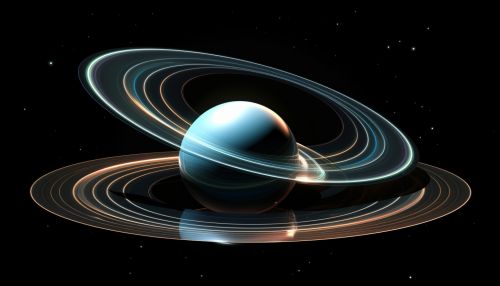Einstein's Theory of Relativity
Introduction
Einstein's Theory of Relativity, comprising the Special Theory and the General Theory, revolutionized the understanding of space, time, and gravity. Proposed by physicist Einstein in the early 20th century, these theories have had profound implications for physics and cosmology.


Special Theory of Relativity
The Special Theory of Relativity, published by Einstein in 1905, is based on two postulates: the laws of physics are the same in all inertial frames of reference, and the speed of light in a vacuum is constant, regardless of the motion of the light source or observer. This theory introduced the concept of space-time, a four-dimensional fabric in which the three dimensions of space are combined with the dimension of time.
Time Dilation and Length Contraction
One of the most intriguing predictions of the Special Theory of Relativity is the phenomena of time dilation and length contraction. Time dilation refers to the idea that time passes slower for an object in motion compared to an object at rest, a phenomenon confirmed by numerous experiments. Length contraction, on the other hand, suggests that the length of an object in motion, as observed from a stationary frame, appears contracted along the direction of motion.
Mass-Energy Equivalence
The Special Theory of Relativity also introduced the concept of mass-energy equivalence, famously encapsulated in the equation E=mc^2. This equation states that the energy (E) of an object is equal to its mass (m) times the speed of light (c) squared. This principle underlies the operation of nuclear reactions and nuclear power plants.
General Theory of Relativity
The General Theory of Relativity, published by Einstein in 1915, is a theory of gravitation that replaced Newton's law of universal gravitation. In this theory, gravity is not a force transmitted through space but a curvature of space-time caused by mass and energy.
Gravitational Time Dilation
The General Theory of Relativity predicts that the presence of mass and energy warps space-time, causing time to pass slower near massive objects. This phenomenon, known as gravitational time dilation, has been confirmed by the Hafele-Keating experiment and other tests.
Black Holes and Gravitational Waves
The General Theory of Relativity also predicts the existence of black holes, regions of space-time where the curvature becomes so extreme that nothing, not even light, can escape. The theory also predicts the existence of gravitational waves, ripples in space-time caused by the acceleration of massive objects. Both predictions have been confirmed by observations.
Experimental Tests
Einstein's Theory of Relativity has been confirmed by a wide range of experimental tests. These include the precession of the perihelion of Mercury, the deflection of light by gravity, gravitational redshift, time dilation experiments, and the detection of gravitational waves.
Impact on Science and Technology
The Theory of Relativity has had a profound impact on science and technology. It has led to the development of technologies such as GPS, which relies on the principles of relativity for accurate positioning. It has also provided a foundation for the study of the universe on the largest scales, leading to the development of the Big Bang theory and the study of black holes and gravitational waves.
